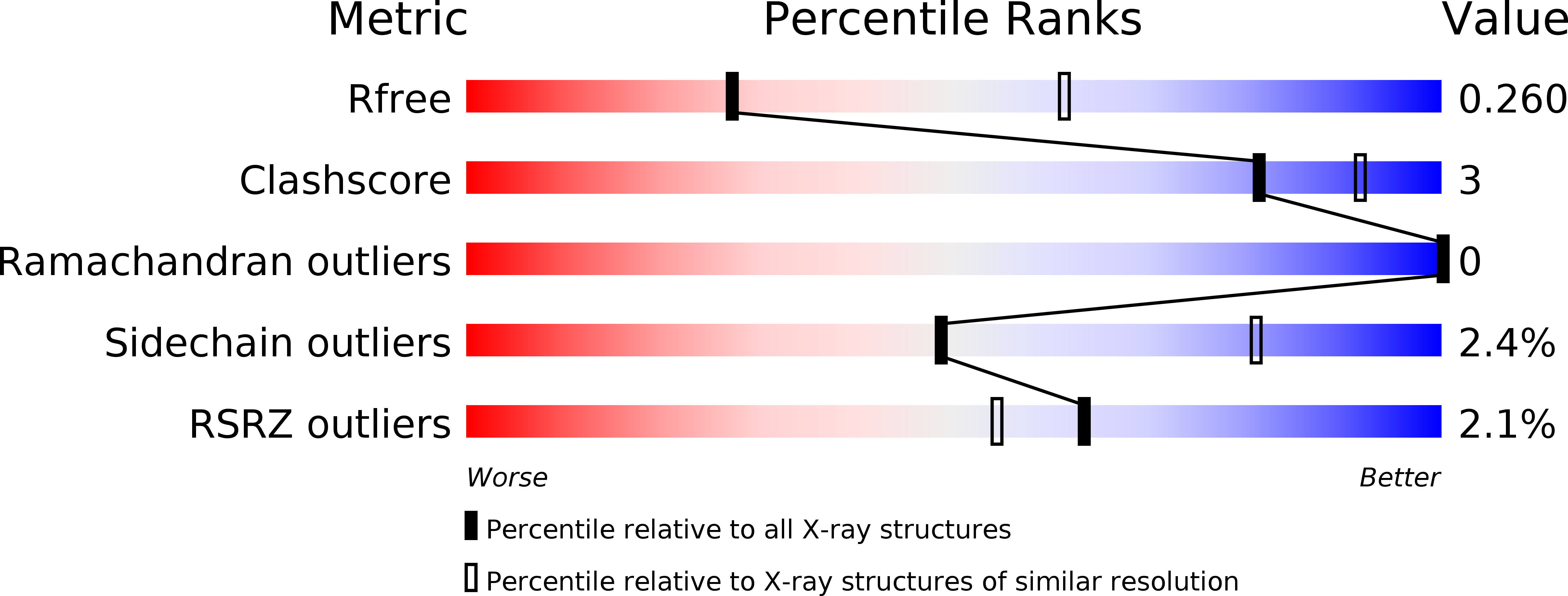
Deposition Date
2019-02-27
Release Date
2019-07-10
Last Version Date
2024-10-16
Entry Detail
PDB ID:
6O3O
Keywords:
Title:
Structure of human DNAM-1 (CD226) bound to nectin-like protein-5 (necl-5)
Biological Source:
Source Organism:
Homo sapiens (Taxon ID: 9606)
Host Organism:
Method Details:
Experimental Method:
Resolution:
2.80 Å
R-Value Free:
0.23
R-Value Work:
0.20
R-Value Observed:
0.20
Space Group:
C 2 2 21


